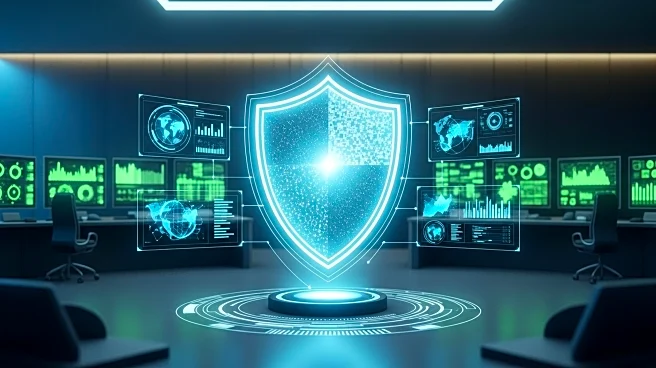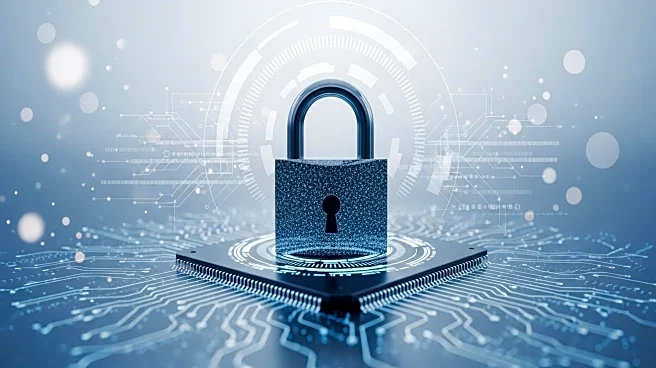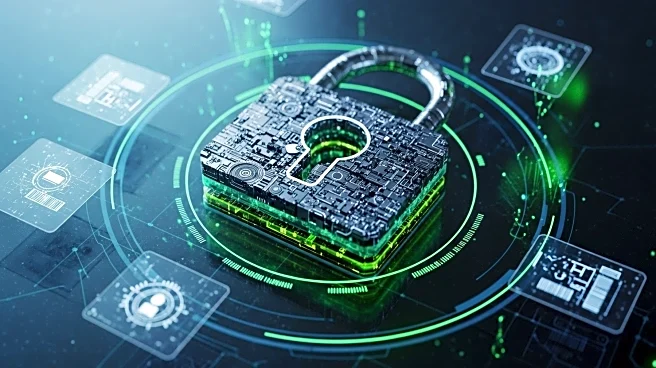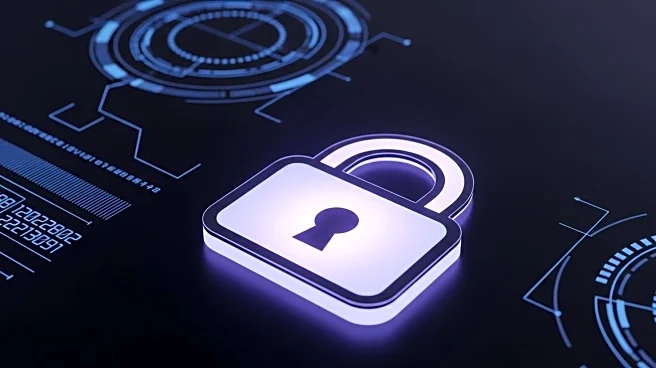What's Happening?
The Department of Health, Disability and Ageing is set to consolidate its cybersecurity operations into a single provider as part of a comprehensive enhancement program. This initiative aims to unify frontline threat detection, orchestration, and rapid response, moving away from a fragmented approach to cybersecurity procurement. The department has issued a request for tender to manage the planning, implementation, operation, and continuous improvement of its cybersecurity environment. The new strategy will be based on the National Institute of Standards and Technology (NIST) framework, seeking capabilities such as a security operations center (SOC), security orchestration, automation and response (SOAR), and incident response and recovery. The selected partner will also manage existing tools, including Tenable-based vulnerability management, Splunk-based security information and event management (SIEM), and Microsoft Defender. This move follows the appointment of David Lang from Services Australia as the new cybersecurity leader, who will continue the department's ongoing cybersecurity uplift program.
Why It's Important?
This centralization of cybersecurity operations is significant as it represents a shift towards a more integrated and efficient approach to managing cyber threats. By consolidating operations, the Department of Health aims to enhance its ability to detect and respond to threats swiftly, thereby reducing potential vulnerabilities. This move is crucial in the context of increasing cyber threats and the need for robust security measures in protecting sensitive health data. The initiative could serve as a model for other government departments and organizations looking to strengthen their cybersecurity posture. The focus on using established frameworks like NIST ensures that the department's cybersecurity measures are aligned with industry best practices, potentially leading to improved security outcomes and increased trust in the department's ability to safeguard information.
What's Next?
The next steps involve the selection of a suitable partner through the tender process, which will be responsible for implementing the new cybersecurity strategy. This partner will need to integrate existing tools and frameworks to create a cohesive security environment. The department will likely monitor the implementation closely to ensure that the new system meets its security objectives. Stakeholders, including government officials and cybersecurity experts, may provide input and oversight to ensure the program's success. The outcome of this initiative could influence future cybersecurity strategies across other sectors, highlighting the importance of centralized and coordinated security operations.











